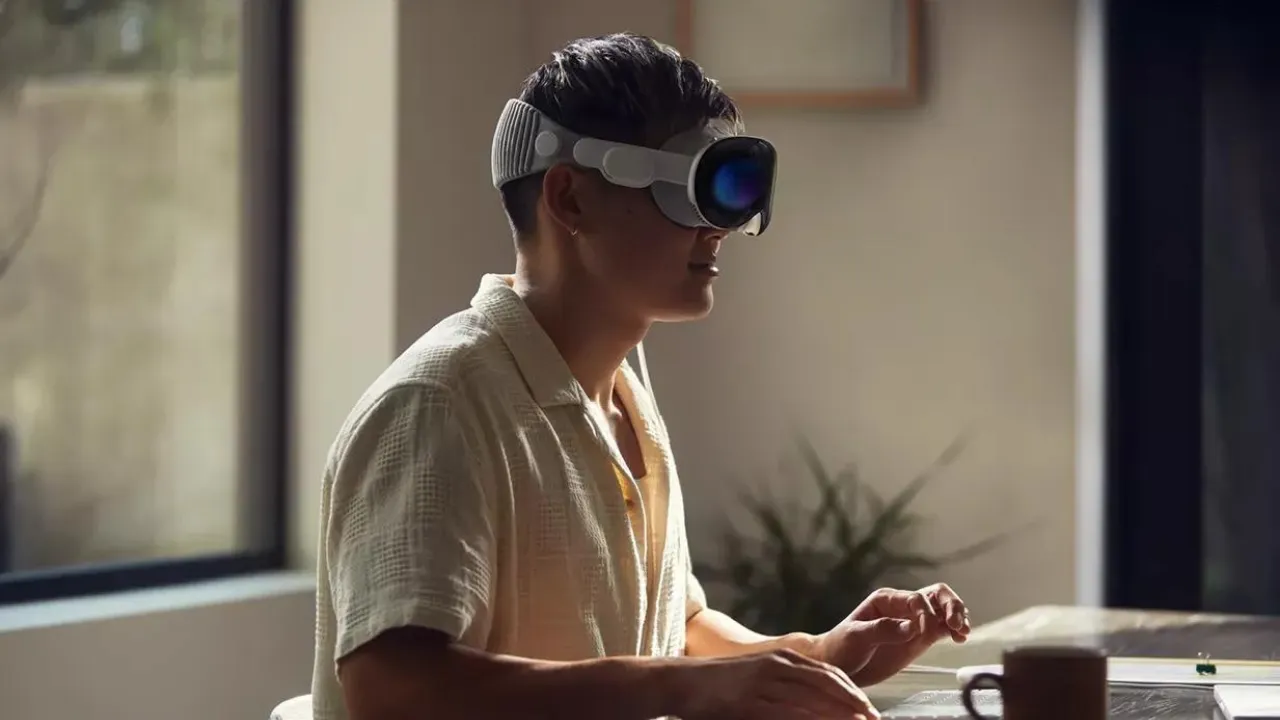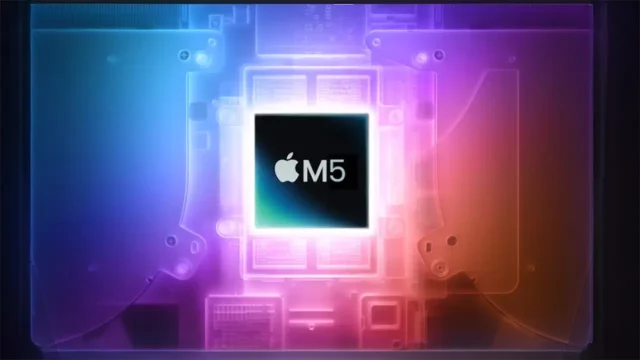Apple is implementing a significant hardware update for its Vision Pro mixed reality headset. The R1 chip, used in the first model introduced last year, is being replaced by the Apple-developed R2 chip. This next-generation chip, built on TSMC’s 2-nanometer manufacturing process, is capable of processing data collected by the headset’s sensors and cameras faster and more efficiently.
The New Apple Vision Pro is Coming
The R2 chip is being developed as a successor to the R1 chip used in the first generation. The R1 chip instantly processed raw data from the Vision Pro’s cameras, microphones, and sensors, enabling tracking of eye, hand, and head movements.

The R2 aims to perform these tasks with increased performance. Thanks to the 2nm manufacturing process, a significant increase in energy efficiency is also expected. This development is noteworthy because it will directly impact the device’s battery life.
The new chip is planned to be featured in an updated model before the next-generation headset, known as the Vision Pro 2. There is talk of a possible launch this year. However, rumors are also swirling that Apple plans to launch an entirely new Vision Pro generation in 2027. In this case, it’s not yet clear which model will feature the R2 chip.
Apple is simultaneously implementing its R2 chip strategy in the Vision Pro with its other hardware. The company’s A20 processor and C2 modem chip, expected to be introduced alongside the iPhone 18 on the smartphone front, will also be manufactured on the 2nm process. This means Apple will utilize 2nm technology across both the iPhone series and the Vision Pro product family, ensuring cross-compatibility in its hardware architecture.
The new Vision Pro model is not expected to feature radical design changes. However, it is anticipated that the R2 chip will offer tangible improvements to the user experience. There is no official release date or pricing for the device.













